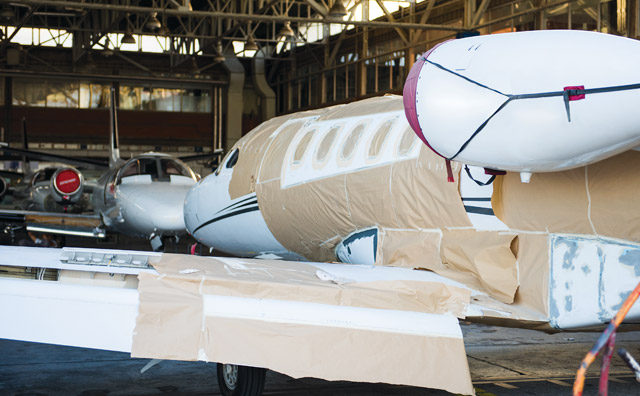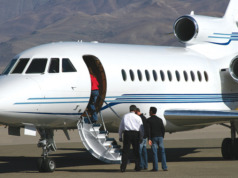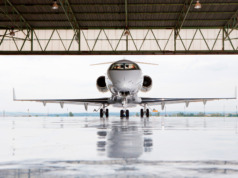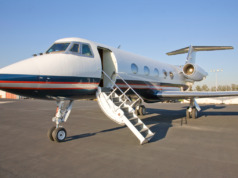
What’s the worst thing that can happen to your business jet in an accident or incident, assuming that you, the crew, and your passengers all are safe and unharmed? You might think that it’s a situation resulting in a total loss of the aircraft, but that’s not the case.
For example, if a hangar roof collapses in a storm, destroying your aircraft and making repairs unfeasible, your insurance company most likely would declare it a total loss and issue replacement funds. However, if your airplane is only damaged, and not totally destroyed, your insurer may opt to repair it, leaving you with an aircraft that operates just fine but now has damage history.
In a depressed used aircraft market, even one that now is showing signs of recovery, an aircraft that has sustained physical damage can be hard to sell. Despite the aircraft having been fully restored to an airworthy condition, and regardless of the quality and completeness of repairs, merely having had any damage will have a negative impact on the aircraft’s resale value.
In today’s marketplace, with two aircraft sitting side-by-side, identical in every way except for damage history, the aircraft previously damaged will command a lower price. This difference in value between a damaged aircraft and an identical undamaged one is referred to as the “diminution of value.”
And that is the “hidden damage” that cannot be mitigated or repaired.
The amount of diminution of value that results from damage depends on many factors, including the type of aircraft, the extent of damage, the time since the damage, the method and quality of the repairs, and how the repairs were documented in the aircraft records and logbooks, among many others.
And the marketplace is less accepting of damage history on certain classes of aircraft. For example, the perceived market stigma of damage is far greater to a corporate jet than it would be to a single-engine trainer aircraft or to a commercial airliner.
Damage to any aircraft always is considered a serious matter, especially as it relates to diminution of value. Contrary to past practice, diminution of value resulting from damage cannot be determined easily by consulting accepted, published industry price guides. One cannot do so simply by looking at a chart’s columns stating light, moderate, or heavy damage, and then applying a simple sliding scale formula to be allocated as a deduction to the aircraft value.
For that reason, most published price guides no longer include damage deduction charts. Instead, they advise readers to engage “an experienced appraiser” when assessing the fair market value of a damaged aircraft.
No two damage events ever have the same impact on an aircraft’s market value. When damage occurs, the amount of value diminution suffered by a damaged aircraft must be determined case-by-case. While all aircraft appraisers must meet standards set by the American Society of Appraisers, some exceed those standards. In performing a formal fair market value appraisal report, 35 specific categories of damage assessment must be evaluated. The careful appraiser, specializing in diminution assessments, will take into consideration more than 175 additional individual points, such as:
- Severity of Damage and Plan for Repair
- Capability of the Repair Facility
- Manufacture’s Authorization of the Facility
- Time, Flight Hours/Cycles Since Repairs Completed
- Level of Detailed Documentation of Repairs (Historical Records).
In addition to these analysis factors, current market conditions – that is, the inventory of comparable make/model aircraft for sale – always must be considered for an additional value adjustment based on the current supply versus demand.
A damage event is not something that any aircraft owner wants or expects. However, understanding the impact to the aircraft’s fair market value after the smoke clears and the dust settles will be critical to its future resale value. BAA
Joseph T. Zulueta, ASA, is Managing Partner of Aeronautical Systems. His 30+ years of expertise includes jet aircraft valuation consulting, technical inspections and retrospective, and current and future value appraising of aircraft assets.




